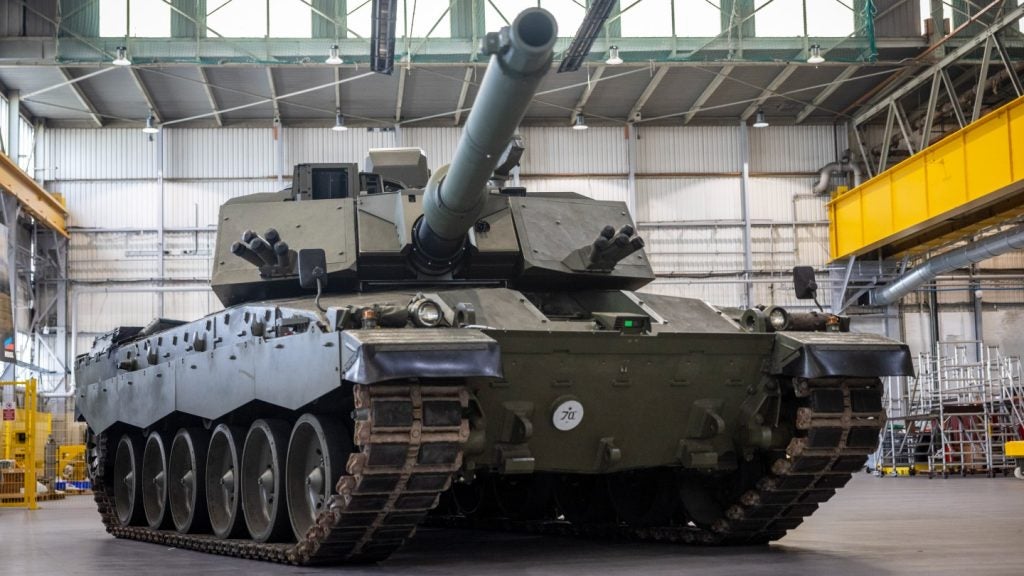
The US Army has funded a project for the development of a robotic manufacturing cell to automate heavy weld operations for its next generation of combat vehicles.
The latest project of the army’s combat capabilities development command manufacturing technology programme aims to improve the quality of combat vehicle weldments and reduce fabrication time.
These combat vehicles will have advanced capabilities to ensure continued overmatch against adversaries.
An advanced welding technology called High Energy Buried Arc Welding of the robotic manufacturing cell enables quality, thick-plate welds with minimal passes.
Additionally, a high-capacity, multi-axis positioning system within the cell can manipulate multi-tonne vehicle structures into ideal welding positions.
The robotic weld cell has multiple benefits for next-generation combat vehicles and helps the US Army meet its critical delivery requirements.
How well do you really know your competitors?
Access the most comprehensive Company Profiles on the market, powered by GlobalData. Save hours of research. Gain competitive edge.

Thank you!
Your download email will arrive shortly
Not ready to buy yet? Download a free sample
We are confident about the unique quality of our Company Profiles. However, we want you to make the most beneficial decision for your business, so we offer a free sample that you can download by submitting the below form
By GlobalDataUS Army Program Executive Office Ground Combat Systems product manager Ryan Howell said: “By using the robotic welding cell technology funded by the Army’s ManTech programme, we were able to execute and transition the Armored Multi-Purpose Vehicle program from the Engineering Manufacturing Development phase to Milestone C.
“We worked closely with the ManTech team, which provided additional resources to support the army’s first new combat vehicle production program in more than 30 years.”
The US Army worked with BAE Systems to achieve the development, integration, and prove-out of the robotic weld cell.
Upon transition, the robotic weld cell is expected to perform about 70% of the heavy welds for the armoured multi-purpose vehicle (AMPV) hull and reduce vehicle weld time up to 80%.
With these changes, the AMPV programme and the army will be able to meet their fielding goals.
Last July, the US Army announced the testing of robotic combat vehicles (RCVs) from the back of modified Bradley fighting vehicles this year.






